
Filter News
Area of Research
- (-) Clean Energy (168)
- (-) Materials for Computing (13)
- Advanced Manufacturing (5)
- Biological Systems (1)
- Biology and Environment (102)
- Biology and Soft Matter (4)
- Building Technologies (2)
- Chemical and Engineering Materials (3)
- Chemistry and Physics at Interfaces (7)
- Climate and Environmental Systems (7)
- Computational Biology (1)
- Computational Chemistry (5)
- Computational Engineering (1)
- Computer Science (3)
- Data (1)
- Earth Sciences (1)
- Electricity and Smart Grid (1)
- Energy Frontier Research Centers (7)
- Fuel Cycle Science and Technology (2)
- Functional Materials for Energy (8)
- Fusion and Fission (32)
- Fusion Energy (7)
- Geographic Information Science and Technology (1)
- Isotopes (21)
- Materials (122)
- Materials Synthesis from Atoms to Systems (8)
- Materials Under Extremes (7)
- National Security (46)
- Neutron Data Analysis and Visualization (2)
- Neutron Science (72)
- Nuclear Science and Technology (27)
- Quantum Condensed Matter (3)
- Quantum information Science (4)
- Renewable Energy (2)
- Sensors and Controls (2)
- Supercomputing (153)
- Transportation Systems (4)
News Type
News Topics
- 3-D Printing/Advanced Manufacturing (22)
- Advanced Reactors (2)
- Artificial Intelligence (2)
- Bioenergy (10)
- Biology (4)
- Biomedical (2)
- Biotechnology (1)
- Buildings (11)
- Chemical Sciences (4)
- Clean Water (3)
- Climate Change (8)
- Composites (2)
- Computer Science (10)
- Coronavirus (6)
- Cybersecurity (5)
- Decarbonization (15)
- Energy Storage (20)
- Environment (18)
- Fossil Energy (1)
- Grid (13)
- High-Performance Computing (2)
- Materials (6)
- Materials Science (7)
- Mathematics (1)
- Mercury (1)
- Microelectronics (1)
- Microscopy (3)
- Nanotechnology (4)
- National Security (1)
- Net Zero (1)
- Neutron Science (4)
- Nuclear Energy (2)
- Partnerships (4)
- Polymers (2)
- Quantum Computing (1)
- Quantum Science (2)
- Security (3)
- Simulation (1)
- Space Exploration (1)
- Summit (2)
- Sustainable Energy (14)
- Transportation (17)
Media Contacts
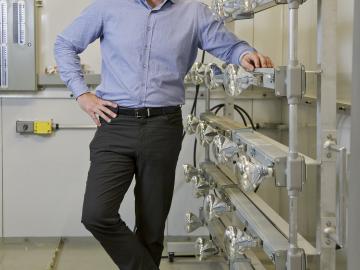
A scientist that sings opera and performs in musical theater? Sure. If you're a Renaissance Man like Simon Pallin. Pallin is a researcher in Oak Ridge National Laboratory’s Buildings Technologies Research & Integration Center. But his early interests and activities reveal a versatile person that could have chosen a number of occupations.
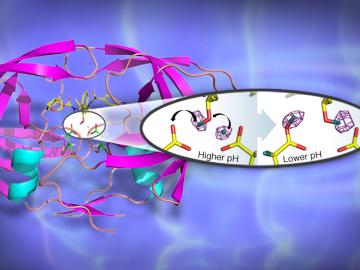
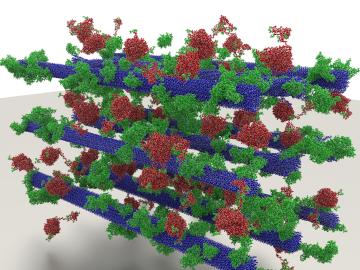
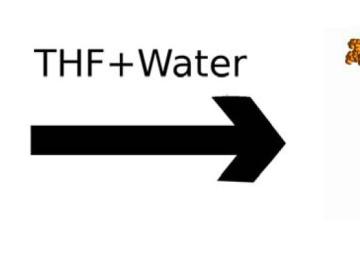

The Department of Energy’s Oak Ridge National Laboratory, FCA US LLC, and the foundry giant, Nemak of Mexico, are combining their strengths to create lightweight powertrain materials that will help the auto industry speed past the technological
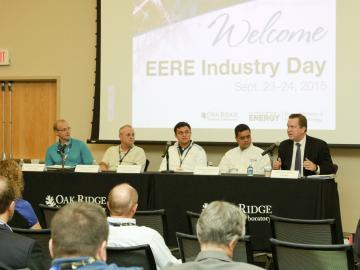
Winners of the inaugural Buildings Crowdsourcing Community Campaign were announced today at the Department of Energy’s Industry Day event at Oak Ridge National Laboratory. ORNL launched the crowdsourcing platform in March 2015 to give innovators an opportunity to present idea...
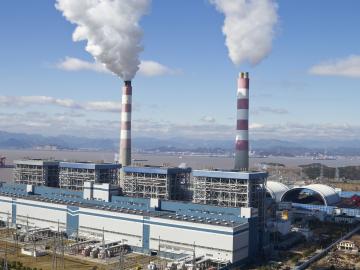
fuel carbon emissions, a distinction it still maintains. But exactly how much carbon China releases has been a topic of debate, with recent estimates varying by as much as 15 percent. “There’s great scruti...





